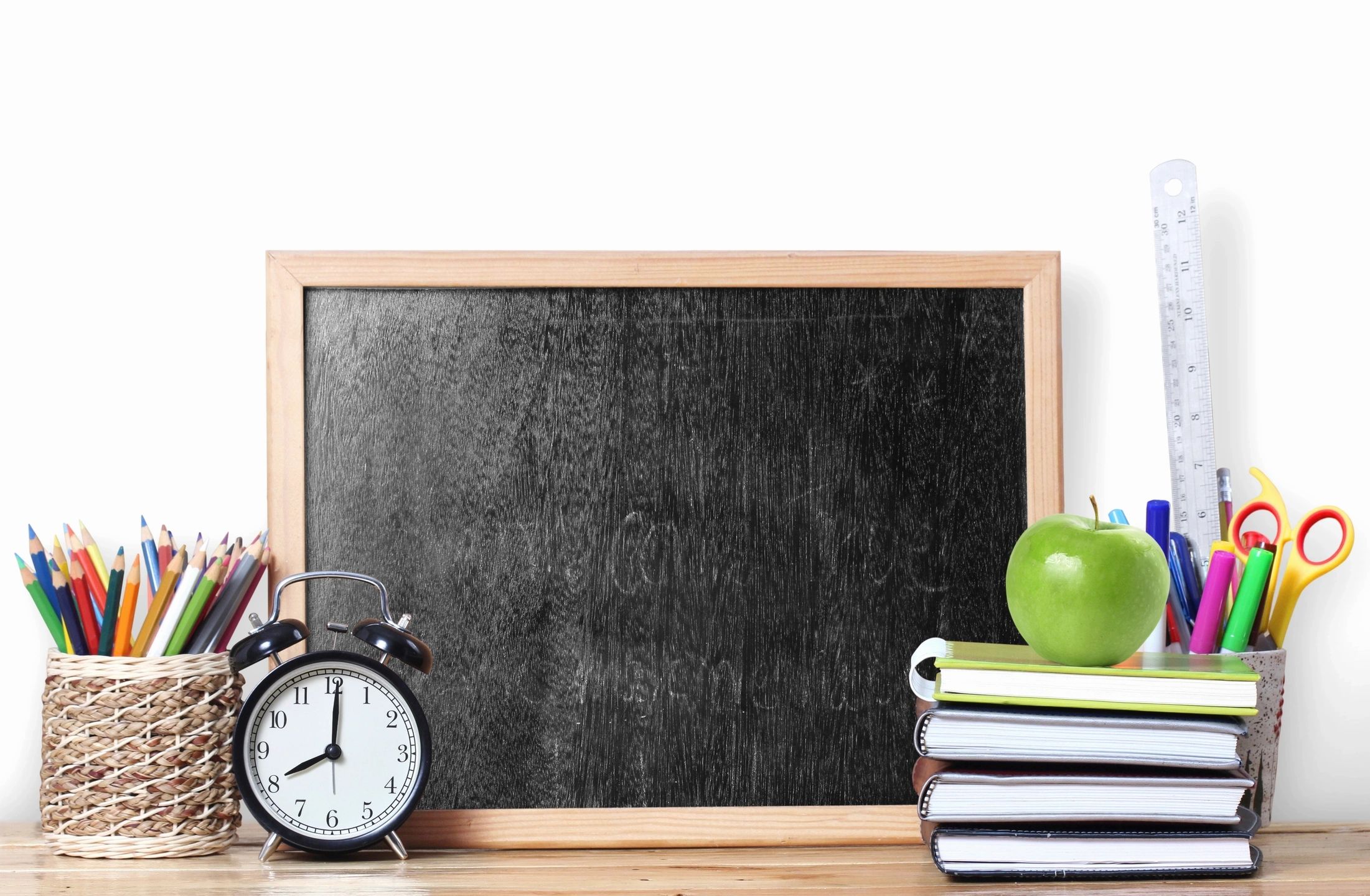Preparing to Teach Your Child to Tell Time
To make this concept make sense it needs to be brought into everyday life. Children learn best when they are having fun. Start giving your child a sense of time by discussing time in everyday life, for example, school starts around 9 o’clock and finishes just after 3 o’clock.
Break it down
Before jumping into the details of a clock face, start with the general concept of time – morning, afternoon, evening. Initially talk about activities that happen at certain times of day e.g. “we eat breakfast in the morning” and “we go to sleep at night”.
You can then move on to asking your child when certain things happen – this starts off the idea of blocking time into sections. Why not incorporate story books with a time theme into your bed-time routine?
Get to grips with time duration
To help your child understand of the passage and tracking of time, make a habit of pointing out how long things take in everyday life such as cleaning your teeth, eating breakfast or how long until you need to leave the house.
You could make a point of timing some of your child’s favourite activities to help them connect more with the passage of time – do some baking together and set the oven timer, announce that their programme will be on the TV in 10 minutes and set an alarm or stopwatch.
Make sure your child can count in ones, fives and tens up to 100.
- Colour in a number square so that the numbers ending in 5 are in one colour, and the numbers ending in 0 are in another. Use this square to practise counting in fives with your child.
- Provide number cards so your child can practise putting the multiples of five in order.
Once your child can confidently count in fives, you can go on to practise time with a cardboard clock. You could make a paper plate clock with movable pipe-cleaner hands as a fun project to bring your clock-face to life; there are plenty of templates for this available online.
How to Teach Your Child to Tell Time
1. Begin by reading o’clock times and putting them on the clock. Talk about which is the hour hand and which is the minute hand. Make sure that your child knows that the minute hand must be at 12 at o’clock times.
2. Ask your child to put the multiples of 5 around a clock in the appropriate positions. Allow them to do this until they can do so confidently.
3. Discuss the positions of the 15, 30, 45 and 60. Encourage your child to use these to help them to put the other numbers on the clock.
4. Start reading the times out loud in the “minutes past” format. Do not talk about “minutes to” or “half past”, “quarter past” or “quarter to” at this point. This comes much later.
5. Practise writing times in digital form at the bottom of the clock.
6. Play with the multiples of 5 so that your child can begin to memorise their positions; hide some of the numbers or give them to your child at random to put on the clock.
7. Practise reading times with fewer and fewer numbers around the clock. Keep going with this until your child can tell time without having the multiples of 5 on the clock.
8. Start using worksheets to practise writing digital time and drawing hands on a clock.
We recommend that you practise these steps at least every other day in order for your child to progress quickly. With regular practise, you’ll find that your child can begin to tell time easily within a couple of months.
Do remember that every child learns differently and at a different speed, try different activities and techniques – just keep it fun and rewarding. Reinforce concepts of time during your everyday routines and they will be confident in no time!
Do you have any tips that worked with your child? Please share them in the comment section below.

